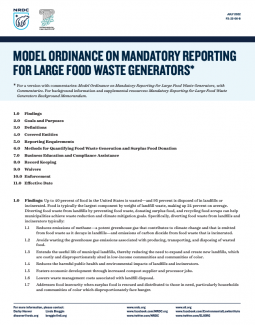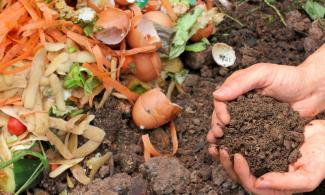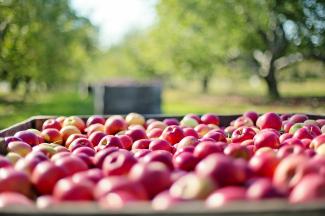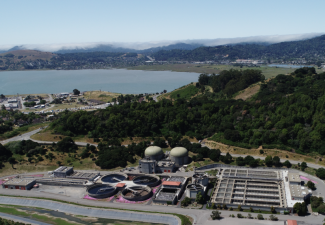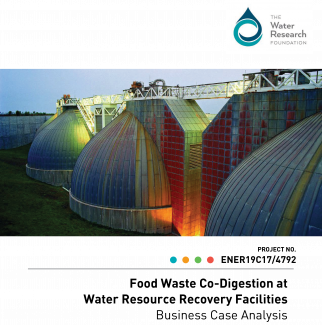Model Ordinance on Mandatory Reporting for Large Food Waste Generators With Commentaries

Up to 40 percent of food in the United States is wasted—and 95 percent is disposed of in landfills or incinerated. Diverting food waste from landfills by preventing food waste, donating surplus food, and recycling food scraps can help municipalities achieve waste reduction and climate mitigation goals. However, many municipalities do not have data on the food wasted in their jurisdictions. Requiring organizations and companies that produce large amounts of food waste to report their waste is an important first step in reducing that waste.
